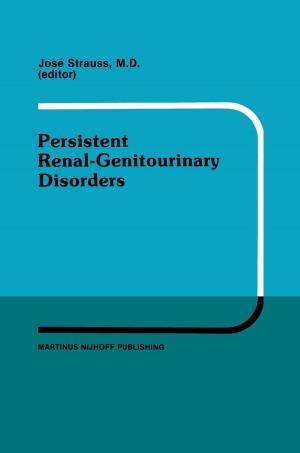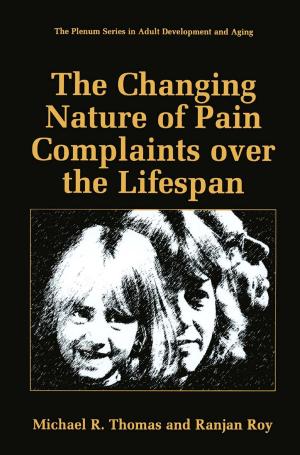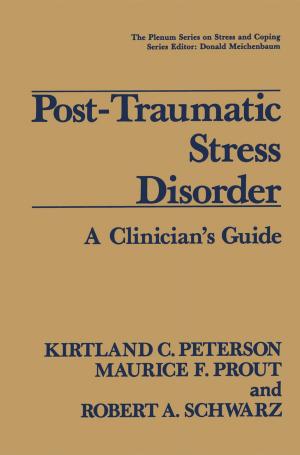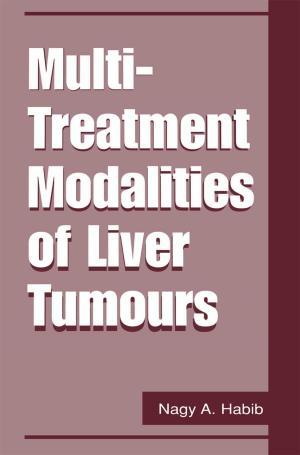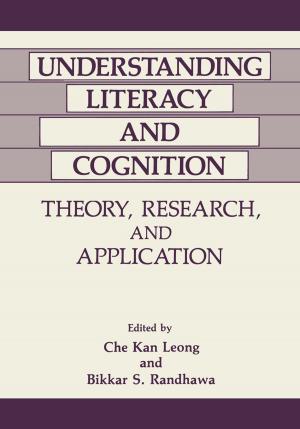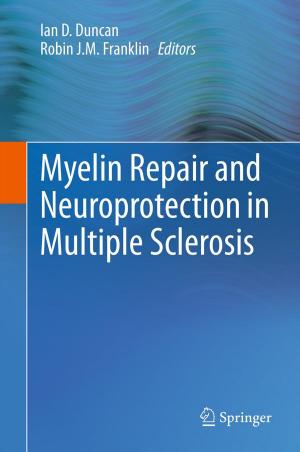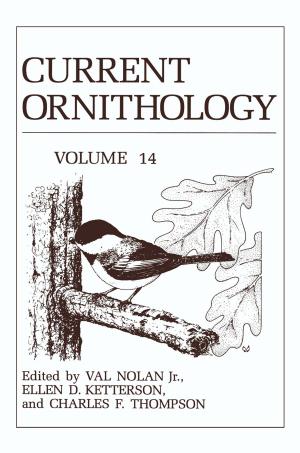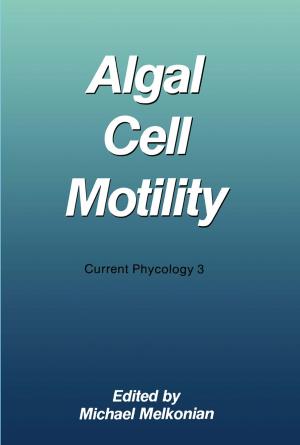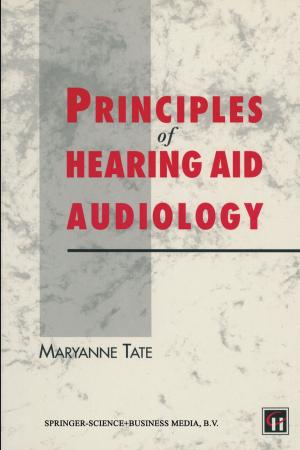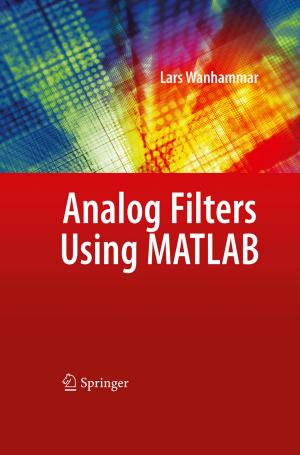Non-Myeloablative Allogeneic Transplantation
Nonfiction, Health & Well Being, Medical, Specialties, Oncology, Surgery| Author: | ISBN: | 9781461509196 | |
| Publisher: | Springer US | Publication: | December 6, 2012 |
| Imprint: | Springer | Language: | English |
| Author: | |
| ISBN: | 9781461509196 |
| Publisher: | Springer US |
| Publication: | December 6, 2012 |
| Imprint: | Springer |
| Language: | English |
Non-myeloablative allogeneic stem cell transplantation (also known as mini-transplantation or reduced-intensity conditioning transplantation) is a major advance in the field of hematopoietic transplantation within the last 5 years. This approach uses non-cytotoxic or reduced-intensity cytotoxic therapy to prepare patients for allografting of hematopoietic stem cells and lymphocytes. It has the potential to deliver the potent anti-tumor immunotherapy and bone marrow replacement capacity of allogeneic stem cell transplantation to patients with reduced treatment-related morbidity and mortality. It may also enable allogeneic transplantation in patients who would be considered ineligible for conventional transplants because of co-morbidity or advanced age. However, this approach may necessitate more careful monitoring of post-transplant chimerism and malignant disease-status than is usual with conventional allografting. There is also controversy regarding the best preparative regimen and graft-versus-host disease prophylaxis to use.
Non-myeloablative allogeneic stem cell transplantation (also known as mini-transplantation or reduced-intensity conditioning transplantation) is a major advance in the field of hematopoietic transplantation within the last 5 years. This approach uses non-cytotoxic or reduced-intensity cytotoxic therapy to prepare patients for allografting of hematopoietic stem cells and lymphocytes. It has the potential to deliver the potent anti-tumor immunotherapy and bone marrow replacement capacity of allogeneic stem cell transplantation to patients with reduced treatment-related morbidity and mortality. It may also enable allogeneic transplantation in patients who would be considered ineligible for conventional transplants because of co-morbidity or advanced age. However, this approach may necessitate more careful monitoring of post-transplant chimerism and malignant disease-status than is usual with conventional allografting. There is also controversy regarding the best preparative regimen and graft-versus-host disease prophylaxis to use.


